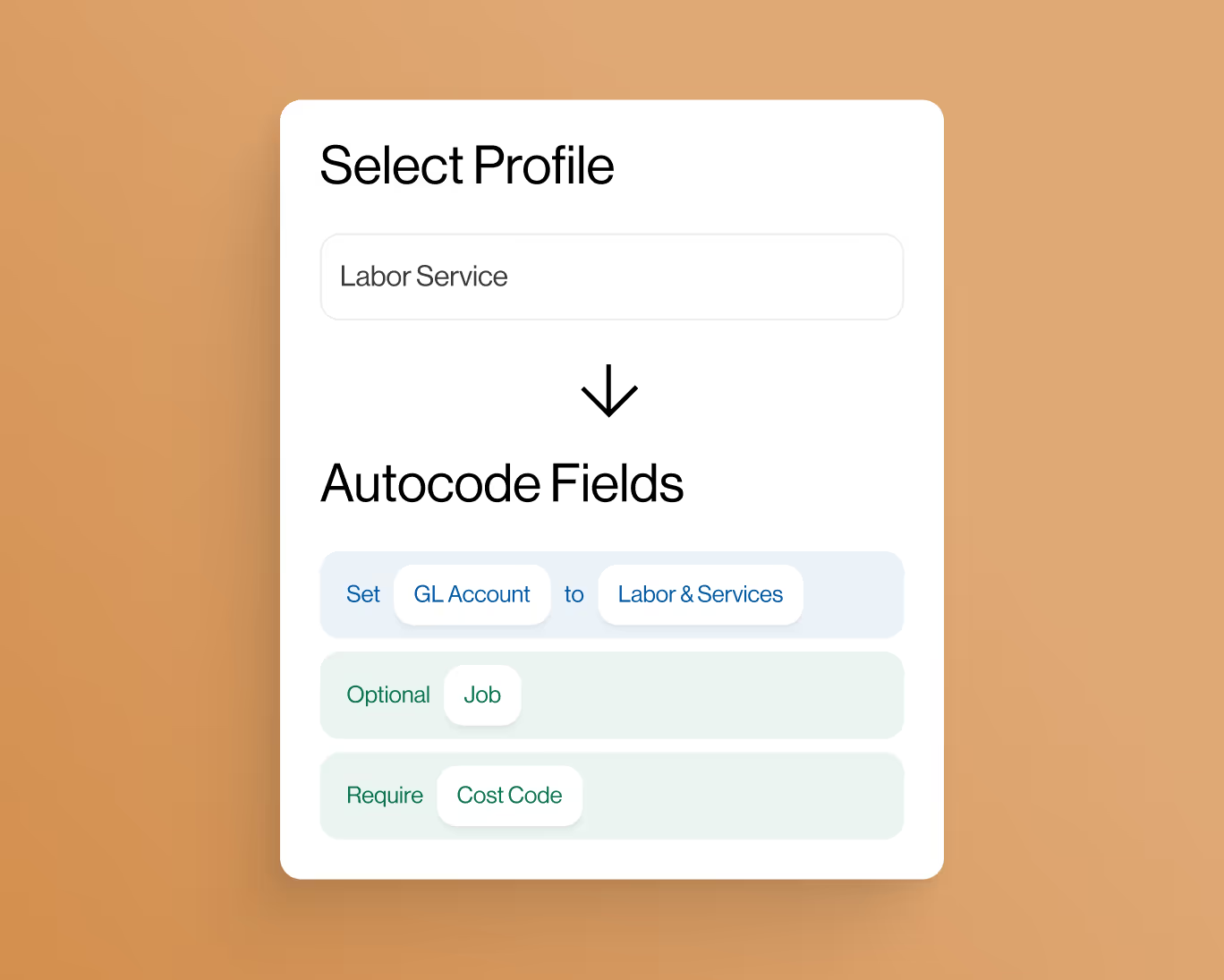Safety Incentive Program in Construction: Fostering a Culture of Safety and Excellence
Safety is a top priority in the construction industry, where workers face various hazards daily. To promote and maintain a safe work environment, construction companies often implement safety incentive programs. These programs reward employees for adhering to safety protocols and reporting potential hazards. In this blog post, we will explore the significance of safety incentive programs in the construction industry and how they contribute to fostering a culture of safety and excellence among workers.
The Importance of Safety in Construction
The construction industry is inherently risky due to factors such as working at heights, operating heavy machinery, and handling hazardous materials. Safety in construction is vital for several reasons:
- Worker Well-being: Prioritizing safety ensures that workers are protected from potential accidents and injuries, promoting their well-being and health.
- Reduced Accidents: A safe work environment minimizes the risk of workplace accidents, leading to fewer injuries and fatalities.
- Increased Productivity: When workers feel safe and confident in their surroundings, productivity tends to increase as they focus on their tasks without unnecessary distractions.
- Cost Savings: Fewer accidents mean lower workers' compensation costs and reduced downtime, leading to financial savings for construction companies.
- Enhanced Reputation: Companies known for prioritizing safety build a positive reputation in the industry, attracting skilled workers and clients who value safety standards.
The Role of Safety Incentive Programs
Safety incentive programs are designed to reinforce safety practices and motivate workers to actively participate in creating a safe work environment. These programs are typically based on a rewards system, where employees receive incentives or recognition for demonstrating exemplary safety behavior and contributing to a safer workplace.
Safety incentive programs play a crucial role in construction companies by:
- Creating a Safety Culture: Safety incentive programs reinforce the importance of safety and promote a culture where safety is ingrained in the company's values and operations.
- Inspiring Positive Behavior: By rewarding safe practices and hazard reporting, these programs encourage workers to be more vigilant and proactive in maintaining a safe work environment.
- Reducing Accidents: The focus on safety through incentives can lead to a reduction in workplace accidents and injuries, enhancing the overall well-being of workers.
- Improving Safety Reporting: Incentive programs encourage workers to report potential hazards or near-miss incidents, allowing companies to address safety issues before they escalate into accidents.
- Boosting Employee Morale: Being recognized and rewarded for their commitment to safety boosts employee morale and fosters a positive work environment.
Key Elements of an Effective Safety Incentive Program
Implementing an effective safety incentive program requires careful planning and consideration of the company's specific needs and objectives. Some key elements of a successful safety incentive program include:
- Clear and Attainable Goals: Set clear safety goals and targets that are attainable and relevant to the company's safety objectives.
- Timely and Meaningful Rewards: Ensure that the rewards offered are meaningful and timely to maintain employee engagement and motivation.
- Inclusive Participation: Include all workers, regardless of their roles, in the safety incentive program to foster a sense of unity and shared responsibility for safety.
- Transparent Criteria: Clearly communicate the criteria for earning incentives, such as adherence to safety protocols, hazard reporting, and active participation in safety training programs.
- Regular Communication: Regularly communicate the program's progress, recognize safety achievements, and encourage ongoing participation.
- Continuous Improvement: Evaluate the program's effectiveness regularly and make necessary adjustments to improve its impact on safety culture and project performance.
Examples of Safety Incentives
Safety incentives can take various forms, and construction companies can tailor them to suit their organizational culture and budget. Some examples of safety incentives include:
- Gift Cards and Prizes: Provide gift cards or small prizes to workers who consistently follow safety protocols and report hazards.
- Bonuses: Offer monetary bonuses or performance-based rewards for achieving specific safety targets or accident-free periods.
- Recognition Events: Organize safety recognition events to publicly acknowledge and reward employees for their safety contributions.
- Training Opportunities: Offer additional safety training or professional development opportunities as incentives for active safety participation.
Conclusion
Safety incentive programs in construction are valuable tools for fostering a culture of safety and excellence among workers. By recognizing and rewarding safe practices, these programs motivate employees to actively participate in creating a safe work environment, leading to reduced accidents, increased productivity, and enhanced company reputation. Construction companies that prioritize safety and implement effective safety incentive programs not only protect their workers but also contribute to the overall success and sustainability of their projects.










